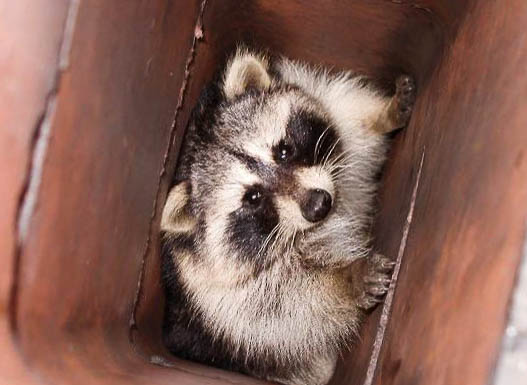About Flying Squirrels
Appearance
Flying squirrels (Pteromyini or Petauristini) are by every way similar in appearance to their cousins (squirrels). They have small rounded faces, large ears, longer limbs, and larger bushy tails. The large black eyes at the front and extending to the side of their head give them proper vision even in the dark. However, furs can differ according to their over 50 species.
The characteristic difference between flying squirrels and squirrels is their Patagium. It is their furry looking, parachute-like membrane that stretches between wrist and ankles for gliding. They also use their long tails to achieve stability in flight.
They also vary in size, with Pakistan’s woolly being the largest at 5.5lbs, and the Hose’s pygmy (petaurillus) of Borneo the tiniest at just over 3 ounces. Flying squirrels move from tree to tree/ground by gliding.

Unlike other squirrel groups, flying squirrels are nocturnal; they will glide and scout for food at night and sleep/hibernate during the day. Flying squirrels can gain altitude during flights, with some recorded to a height of 300ft (90m). They can adjust their speed and direction with their small wrist bones in mid-flight. The unique cartilages in their wrists hold upward during the glide and help with control. When landing, they cushion the landing force with their limbs.
They are highly territorial creatures and do not take kindly to the invasion of their space. They are monogamous and prefer to live in singles except during mating season. To get a mate, flying squirrels make sounds (chirps). And the females will also use the chasing behaviors to secure receptive males.
They are omnivorous creatures like other squirrels. And depending on the species, diets may include; seeds, fruit, leaves, flower, fungi, lichens, pollens, spiders, insects, birds, eggs, and other smaller mammals.
As other mammals do, they give birth to their young. The mother provides and weans the young. The young ones can eat solid foods after a day of birth. Generally, flying squirrels are more secretive and odder than their non-flying cousins.
Life Cycle
At birth, the infants are usually blind, deaf, and fur-less (except petinoyms) with little fused toes. The ears and toes finally open between 2 and 8 days. By the 7 th day of birth, their furs start developing, and by the 30th day, they gain their sight.
In the wild, the flying squirrel lives for an average of 4-6 years, much less than their cousins. However, in captivity, many live for as long as 15 years. A big reason for their short life cycle out in the wild can be attributed to predators and diseases. Flying squirrels are at the low end of the food chain and look delicious to almost all carnivores like tree snakes, raccoons, coyotes, bobcats, and others. However, their greatest fear comes from hawks and owls.

Habitat
They reside in almost all continents, save for Antarctica and Australia. Flying squirrels are arboreal and will live in various habitats like deciduous and coniferous forested and wooded regions. However, some species live in plantations and parklands. As they are nocturnal animals, they will mostly rest in their nests/holes during the day.
Flying squirrels live in existing crevices/holes, nests/snags, but most times build/dig their holes. During the winter, some species nest together to keep warm.
Damages They Cause
While they mostly live in deciduous trees, they can sneak into homes in search of warmth and food.
Destroy utilities
Using their ever-growing sharp incisors, they can gnaw and chew away electric wires, cords, and other lines. It can cause power failures, malfunctions, and other things.
Damage household properties
Once they are inside your walls, don’t expect them to sit silent. They burrow in whatever they can find, like your home siding, documents, vents, and other materials that will cost you.
Risk of disease to humans
Like many other creatures in the woods, flying squirrels can carry and spread diseases to humans. And in some rare cases, they are carriers of rabies.
Noises in your home
As they’re nocturnal animals, they can turn your house into something of a playground at night. Their chirp sounds can make resting/sleeping impossible.
The stench in your home
These flying rodents litter homes with droppings, stains from urine, and footmarks. The odor from these stains is highly repulsive.
Destroy gardens and other plants
Flying squirrels can make a disaster of the plants on your property. Being omnivores, they will burrow through your land in search of seeds and smaller animals.












